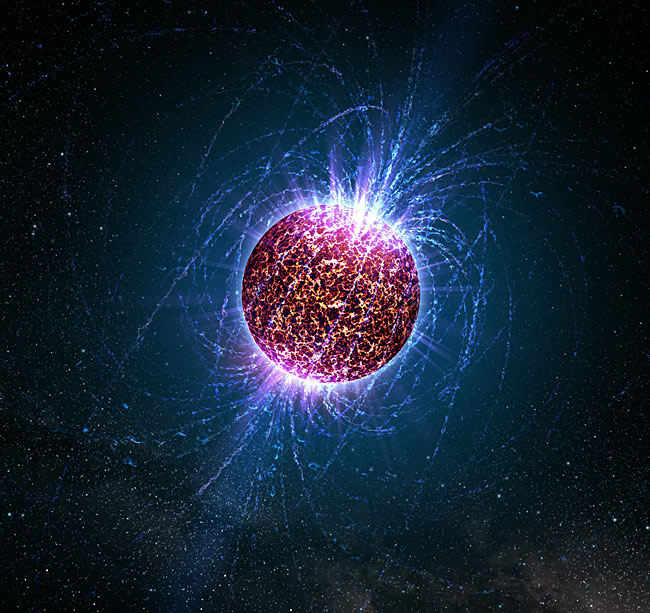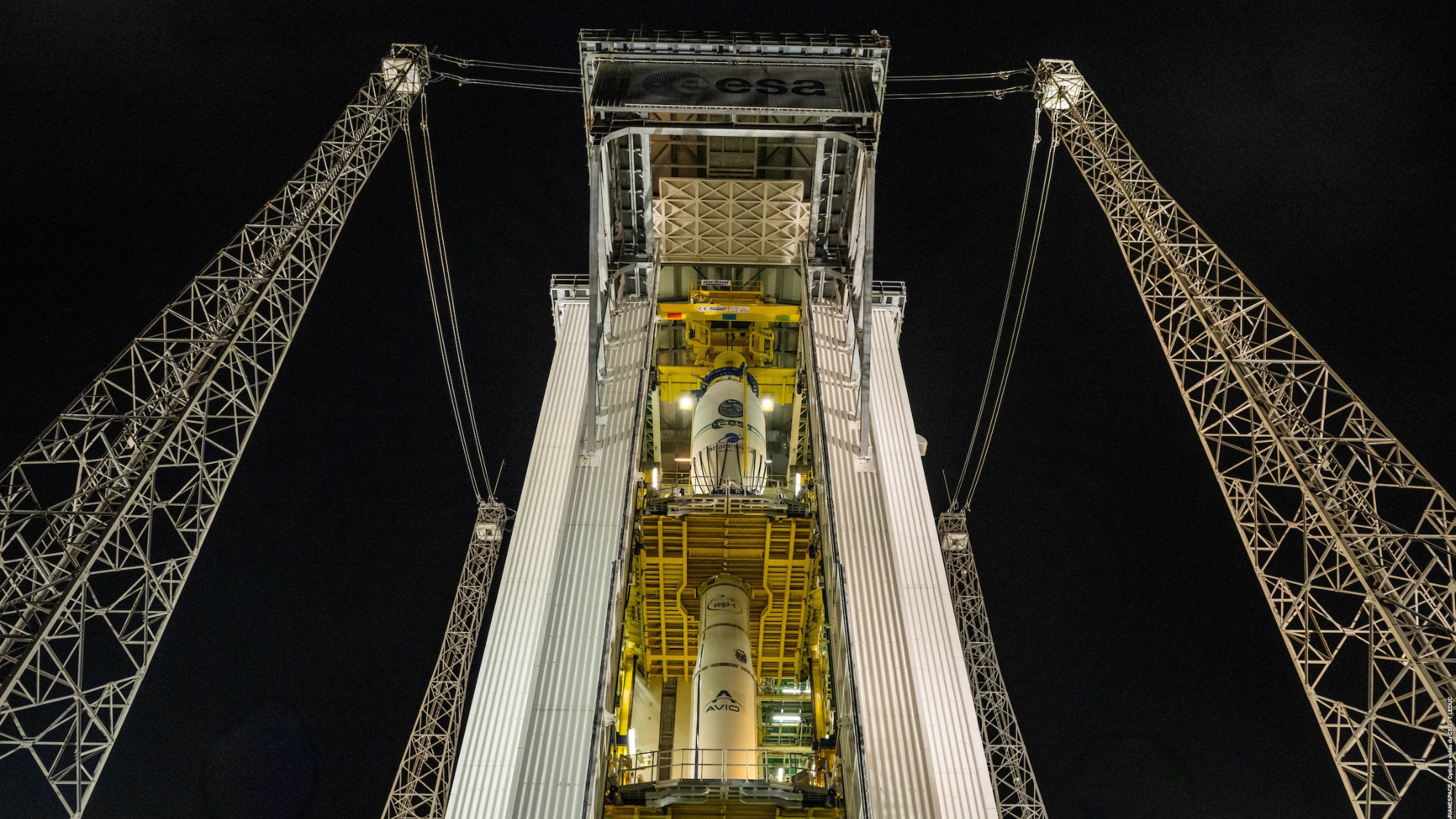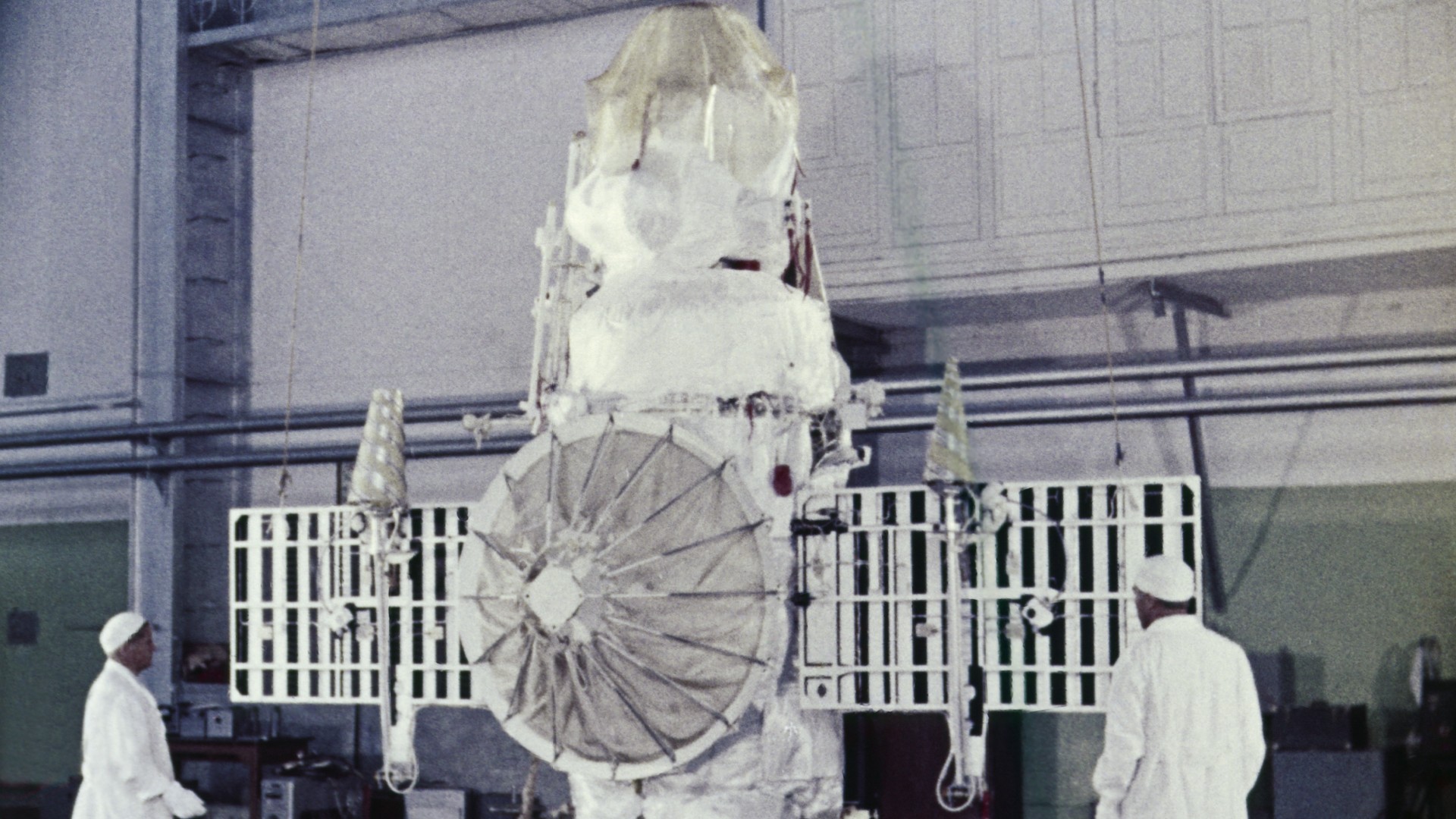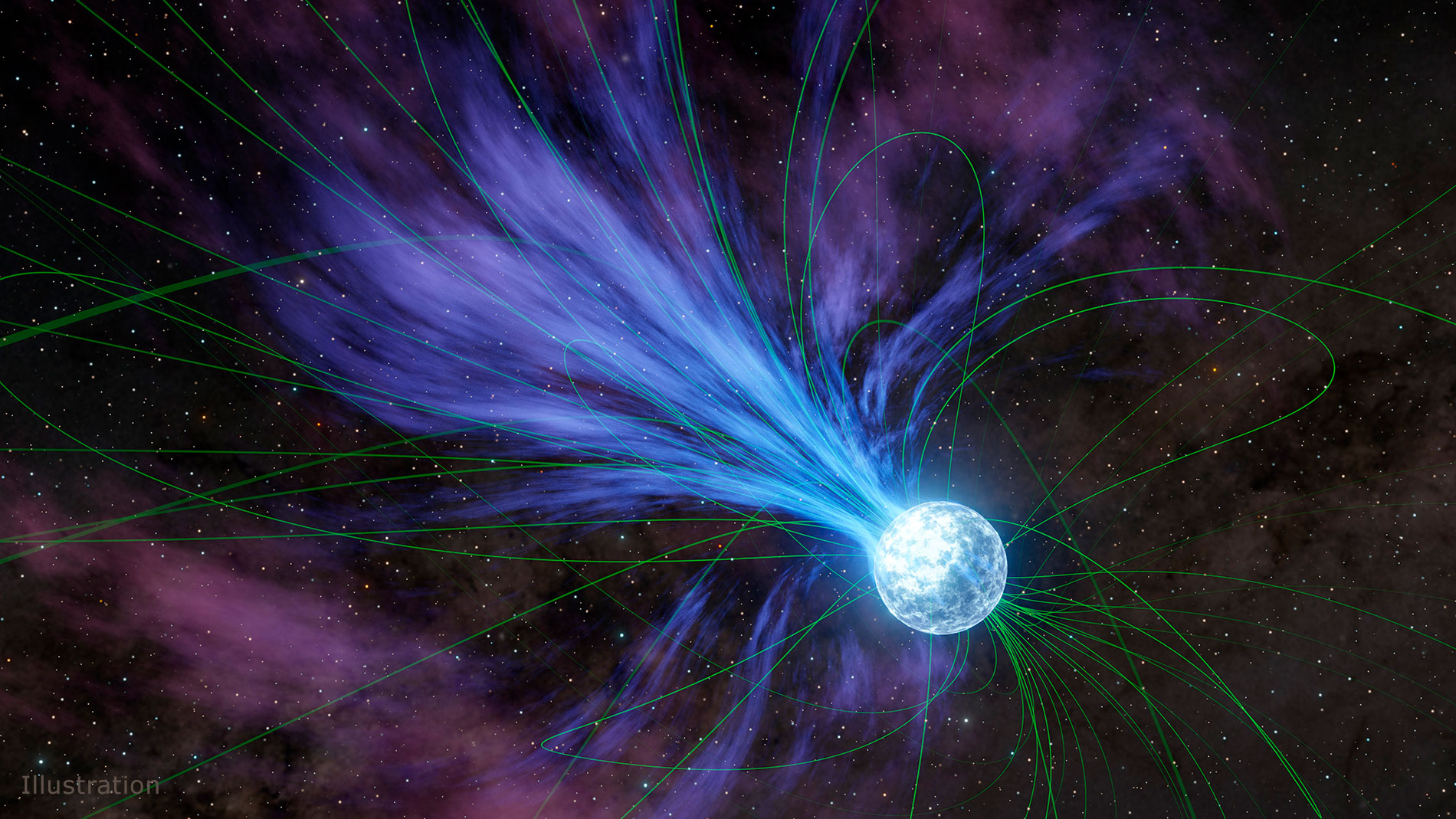Astronomers Find Closest Neutron Star

Astronomersusing NASA's Swift X-ray telescope have detected a neutron star within 250 to1,000 light-years of Earth, making it the closest neutron star ever known.
The object,located in the constellation Ursa Minor, is nicknamed Calvera, after the villainin the movie "The Magnificent Seven." If confirmed, it would be onlythe eighth known "isolated neutron star," or one that does not havesupernova remnants, binary companions or radio pulsations.
"Theseven previously known isolated neutronstars are known collectively as 'The Magnificent Seven' within thecommunity and so the name Calvera is a bit of an inside joke on our part,"said Derek Fox, an astronomer at Penn State University who co-discovered themysterious object.
Neutronstars are supernova leftovers that are too small to form black holes. Instead,the leftover gas and dust crams into a glowing, incredibly dense body only afew miles wide--a teaspoon, for example, would weigh millions of tons. Astudy of the newly discovered neutron star will be detailed in an upcomingedition of the Astrophysical Journal.
RobertRutledge of McGill University in Montreal, Quebec, originally called attentionto the curious X-ray source. He compared a catalog of 18,000 X-ray sources fromthe German-American ROSAT satellite, which operated from 1990 to 1999, withcatalogs of objects that appear in visible light, infrared light and radiowaves. He realized that the ROSAT source known as 1RXS J141256.0+792204 did notappear to have a counterpart at any other wavelength.
The groupaimed Swift at the object in August 2006, showing that it was still there andemitting about the same amount of X-ray energy as it had during the 1990s. TheSwift observations, however, enabled the group to pinpoint the object'sposition more accurately and show that it was not associated with any knownobject.
"TheSwift observation of this source is what got the show going," said AndrewShevchuk, an astronomy student at Penn State and co-author of the study."As soon as I saw the data, I knew Calvera was a great neutron-starcandidate."
Get the Space.com Newsletter
Breaking space news, the latest updates on rocket launches, skywatching events and more!
To showthat the object is not associated with any other energy source, the teamtargeted the 8.1-meter Gemini North Telescope in Hawaii on Calvera. The teamalso used the ChandraX-ray Observatory, which showed the object as point-like?an observationconsistent with neutron-star appearance.
Rutledge saidthere are no widely accepted alternate theories for objects bright in X-raysand faint in visible light like Calvera. Exactly which type of neutron star itis, however, remains a mystery.
"EitherCalvera is an unusual example of a known type of neutron star, or it is somenew type of neutron star, the first of its kind," Rutledge said.
Calvera'slocation high above the plane of our MilkyWay Galaxy is part of its mystery, but researchers think the neutron staris the remnant of a star before exploding as a supernova. In order to reach itscurrent position, it had to wander some distance out of the disk.
"Thebest guess is that it is still close to its birthplace, and therefore close toEarth," Rutledge said. If true, the object is 250 to 1,000 light-yearsaway--making it one of the closest known neutron stars.
"Becauseit is so bright, and probably close to Earth, it is a promising target for manytypes of observations," Fox said.
The teamadded that Calvera could represent the tip of the iceberg for isolated neutronstars.
"Therecould easily be dozens," Fox said. "The key point is that until ourSwift survey, no one was able to refine the X-ray positions of large numbers ofROSAT sources to the point where it became clear which ROSAT sources were'missing' their optical counterparts."
- The Top 10 Star Mysteries
- VOTE: The Strangest Things in Space
- Star Shatters Spinning Speed Record
Join our Space Forums to keep talking space on the latest missions, night sky and more! And if you have a news tip, correction or comment, let us know at: community@space.com.

Space.com is the premier source of space exploration, innovation and astronomy news, chronicling (and celebrating) humanity's ongoing expansion across the final frontier. Originally founded in 1999, Space.com is, and always has been, the passion of writers and editors who are space fans and also trained journalists. Our current news team consists of Editor-in-Chief Tariq Malik; Editor Hanneke Weitering, Senior Space Writer Mike Wall; Senior Writer Meghan Bartels; Senior Writer Chelsea Gohd, Senior Writer Tereza Pultarova and Staff Writer Alexander Cox, focusing on e-commerce. Senior Producer Steve Spaleta oversees our space videos, with Diana Whitcroft as our Social Media Editor.









